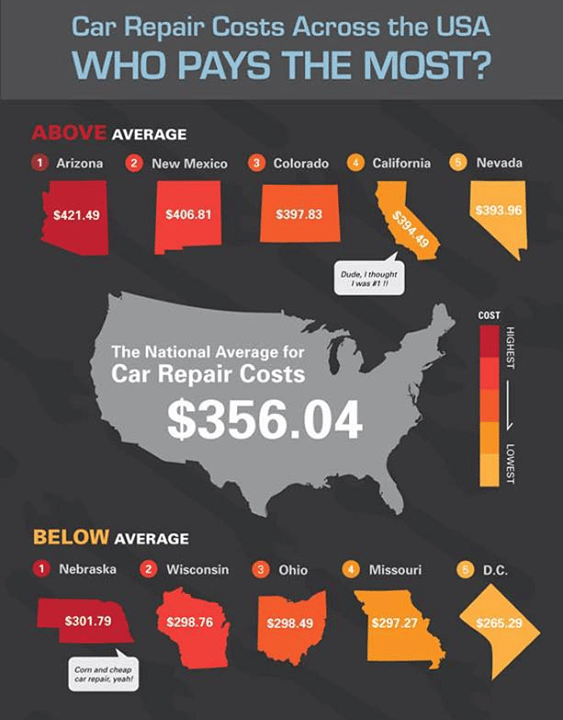Comprehending The Definition Behind Your Automobile'S Warning Lighting: An In-Depth Look
Comprehending The Definition Behind Your Automobile'S Warning Lighting: An In-Depth Look
Blog Article
https://quick-oil-change-near-me06273.win-blog.com/11484671/anticipate-a-detailed-review-of-the-elite-vehicle-repair-work-solutions-that-will-certainly-redefine-your-lorry-maintenance-routine Created By-Samuelsen Gilbert
When you lag the wheel, those glowing caution lights on your dashboard can be a little bit difficult. Do you understand what they're trying to tell you about your auto's health and wellness? Recognizing the significance of these lights is crucial for your security and the long life of your automobile. So, the next time one of those lights pops up, wouldn't you wish to decode its message precisely and take the required actions to address it?
Common Warning Lighting and Interpretations
Recognize common warning lights in your vehicle and comprehend their meanings to make sure safe driving.
The most typical caution lights include the check engine light, which indicates issues with the engine or exhausts system. If this light begins, it's vital to have your automobile examined without delay.
The oil stress cautioning light shows reduced oil stress, needing instant interest to stop engine damage.
A blinking battery light may recommend a faulty charging system, potentially leaving you stranded otherwise dealt with.
The tire stress surveillance system (TPMS) light notifies you to reduced tire stress, affecting vehicle stability and gas efficiency. Disregarding interior exterior car detailing could result in risky driving problems.
The abdominal light shows a problem with the anti-lock braking system, endangering your ability to quit promptly in emergency situations.
Finally, the coolant temperature advising light warns of engine overheating, which can lead to serious damages otherwise resolved promptly.
Comprehending these usual warning lights will assist you deal with problems immediately and keep safe driving conditions.
Significance of Prompt Attention
Comprehending the usual warning lights in your vehicle is only the first step; the importance of immediately dealing with these cautions can not be highlighted sufficient to ensure your safety and security when traveling.
When a caution light brightens on your dashboard, it's your automobile's means of interacting a prospective concern that needs focus. Ignoring these warnings can result in more severe issues in the future, jeopardizing your safety and possibly costing you extra in repairs.
Trigger interest to advising lights can avoid breakdowns and accidents. As an example, a flashing check engine light might show a misfire that, if left unattended, might trigger damages to the catalytic converter. Addressing this immediately can save you from a pricey repair service.
Similarly, a brake system alerting light could signal low brake fluid or used brake pads, crucial elements for your security when driving.
Do It Yourself Troubleshooting Tips
If you see a warning light on your dashboard, there are a few DIY fixing suggestions you can try before looking for expert aid.
car interior detailing is to consult your auto's handbook to recognize what the particular warning light indicates. Sometimes the concern can be as simple as a loose gas cap activating the check engine light. Tightening the gas cap may settle the issue.
One more common issue is a low battery, which can set off various alerting lights. Inspecting the battery connections for deterioration and guaranteeing they're safe could fix the problem.
If a warning light lingers, you can attempt resetting it by detaching the cars and truck's battery for a couple of minutes and after that reconnecting it. Additionally, checking your car's liquid degrees, such as oil, coolant, and brake liquid, can assist troubleshoot warning lights related to these systems.
Conclusion
Finally, understanding your cars and truck's warning lights is vital for maintaining your car running efficiently and securely. By immediately attending to these signals and understanding what they indicate, you can stay clear of pricey fixings and prospective malfunctions.
Remember to consult your car's guidebook for specific details on each cautioning light and do something about it accordingly to ensure a trouble-free driving experience.
Stay notified, stay safe when traveling!
